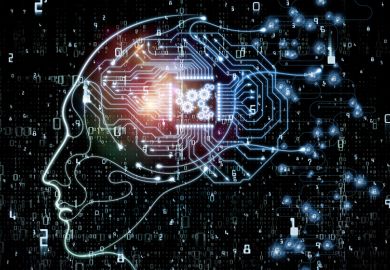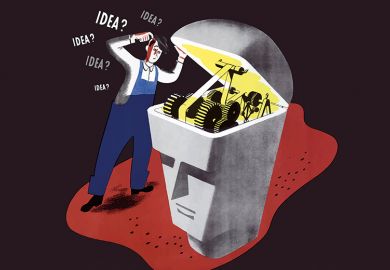William Arms is professor of computing science at Cornell University and one of the founders of D-Lib Magazine , the online monthly that has become the house journal of those interested in digital library research and implementation. As such he is ideally placed to provide an overview of the history and current research into digital libraries and to discuss their technical, economic, social and organisational aspects - as well as to describe the technical design and operation of digital libraries of all kinds.
This is an ambitious task and inevitably his prejudices (he is very much in favour of open-access libraries) and biases intrude. Although he accepts that "The big, well-funded American projects are important, but they are far from being the whole story," there are few, if any, references to non-American work or examples. This is unfortunate because he recognises - indeed it is one of the virtues of his book - that people, technology and administrative procedures are intimately linked. Some of the points he makes could have been usefully underscored by examples drawn from non-US experience. But the book is advertised as being the first in a series to be produced by MIT Press under the title Digital Libraries and Electronic Publishing, with Arms as editor, so there is the opportunity to redress the balance in later volumes.
The definition of a digital library as "a managed collection of information, with associated services, where the information is stored in digital formats and accessible over a network" takes the discussion well beyond the internet and the issues that surround the challenges that it creates for traditional libraries. As such this book will be an invaluable textbook for students and teachers in numerous disciplines, including computer science and librarianship, but will also be of interest to all who create or use the web and certainly to all academics and scholars.
Reading the text is heavy going in places for those who are uncertain of the difference between data and metadata or confuse their URL with their URN, but the effort is worth it. The segregation of the more detailed technical discussions and specific examples into panels inserted into the main body of the text helps the general reader to keep track of the main arguments.
At the most general level Arms makes the case that electronic publishing and thus digital libraries will redefine scholarly activities - in discussing the ambitious California Digital Library project, for example, he says: "at the very least the University of California will receive excellent digital library services; at best, the California Digital Library will change academic life".
But he argues the case well and this is not yet another example of technological hype and special pleading. He recognises that a great deal of research still needs to be done and that on some issues, such as standard setting and development of the "Dublin core", it is not yet possible to see how the various conflicting interests can reach an accommodation, even in principle. He also recognises that traditional libraries (ie those containing books and other printed material) will be with us for some time yet.
Even after decades of research, automatic optical character recognition remains an inexact process. Human proof-reading and editing are always required and it is often quicker and cheaper to retype the material from scratch to obtain a digital version. Those, like the British Library, with substantial legacy collections of printed material are unlikely to become wholly "digital libraries" in the foreseeable future and seem bound to remain "hybrid", with a need to retain their traditional skills indefinitely while developing their competence as digital libraries. The resulting tensions and difficulties are well discussed in the chapters on economic, legal and organisational issues. Arms points out that it is often these, rather than technical possibilities, that determine the nature of a digital library. As with any widespread systemic change, progress is likely to be much slower than the technologically exuberant would predict or recommend.
This is probably just as well. Few of those who generate digital information do so with the needs of the cataloguer, conservator or archivist in mind. The worldwide web might be the largest library ever created, but it is also surely the most ephemeral and chaotic - as much a librarian's nightmare as an information scientist's dream. The difficulties involved in uniting the traditional skills and strengths of the librarian with those of the computer scientist are real and well discussed by Arms and should not be underestimated. But difficult though this is, the novel professions being created by the web, such as webmaster, require in addition some of the skills of publishers and graphic designers.
This book will be invaluable to those who are, I trust, now beginning to create the university courses that are needed to train such professionals. Although Arms says little explicitly about the training needs of digital librarians, it is clear that this will be one of the rate-limiting steps in the development of the new commercial, as well as scholarly activities that digital libraries will encourage. As he puts it: "elegant design, appropriate functionality and responsive systems make a measurable difference in the effectiveness of digital libraries. When a system is hard to use the users may fail to find important results, may misinterpret what they do find, or give up in disgust."
The challenge to universities and especially to library schools and computer science departments is to produce the multi-skilled professionals who can begin to bring together and manage all the disparate talents that will be required. Not for the first time skill shortages are turning out to be the critical brake on novel technological developments and a rich prize awaits those institutions that devise the most effective courses. This book will be one of the key texts and we await the others in the series with some impatience.
John Ashworth is chairman, Board of the British Library.
Digital Libraries
Author - William Y. Arms
ISBN - 0 262 01180 8
Publisher - MIT Press
Price - £29.95
Pages - 287



